Monarchies are among the oldest forms of governance, with many still functioning today, whether as ceremonial symbols or wielders of significant power. Across the world, they have adapted over time, surviving centuries of political change, wars, and societal shifts. This article explores some of the oldest monarchies in existence, from the Imperial House of Japan, which dates back over two millennia, to the more recently established Kingdom of Saudi Arabia. Each of them holds a unique place in history and continues to play a role in their respective nations’ identities and governance.
Kingdom of Saudi Arabia

The Kingdom of Saudi Arabia is one of the youngest monarchies, having been founded in 1932 by Abdulaziz Ibn Saud. It was created through the unification of the Arabian Peninsula, which was previously divided among various tribes and emirates. King Salman bin Abdulaziz is the current monarch, reigning since 2015, and his son, Crown Prince Mohammed bin Salman, is the heir apparent. Saudi Arabia is an absolute monarchy, meaning the king holds vast executive powers, including control over the government and military. The House of Saud remains deeply influential, both politically and economically, given its control over some of the world’s largest oil reserves. Mohammed bin Salman has introduced significant social and economic reforms, such as the Vision 2030 initiative, aimed at diversifying the economy. Saudi Arabia’s monarchy continues to maintain traditional power while pushing for modern changes. The royal family also plays a crucial role in religious leadership, as the king holds the title of Custodian of the Two Holy Mosques.
Kingdom of Jordan
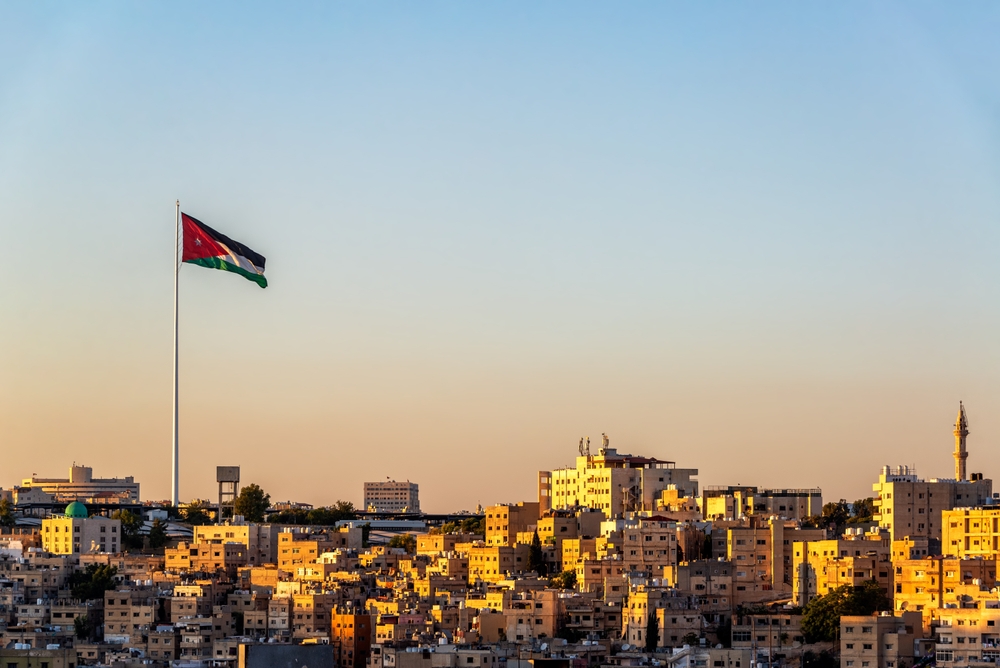
The Hashemite Kingdom of Jordan was founded in 1921 by Abdullah I after the dissolution of the Ottoman Empire. Originally part of the British mandate of Palestine, Jordan became an independent monarchy in 1946. King Abdullah II is the current ruler, having ascended to the throne in 1999, and his son, Crown Prince Hussein, is the heir apparent. Jordan is a constitutional monarchy, but the king retains significant power, particularly in foreign policy and national security. King Abdullah II has been credited with maintaining stability in a region marked by conflict, while also modernizing Jordan’s economy and social systems. The monarchy enjoys strong support domestically and from Western allies, largely due to its moderate stance in Middle Eastern affairs. Jordan’s royal family claims direct descent from the Prophet Muhammad, giving them a unique standing in the Arab world.
British Monarchy

The British monarchy, though evolved over time, traces its modern history back to 1066 when William the Conqueror became the King of England after his victory at the Battle of Hastings. However, some historians argue the origins could be traced further back to Alfred the Great, who ruled from 871 AD. Today, the monarchy is a constitutional one with King Charles III as the reigning monarch, following the death of Queen Elizabeth II in 2022. The heir apparent is Prince William, the Prince of Wales. The British monarchy has undergone significant changes over the centuries, particularly following the signing of the Magna Carta in 1215, which limited the monarch’s power and paved the way for a parliamentary system. Although the royal family no longer holds political power, it remains an essential symbol of British identity and continuity. The monarchy has played a key role in Britain’s colonial history, and today the royal family serves as head of state for 14 other Commonwealth realms.
Kingdom of Sweden

The Swedish monarchy was established around 970 AD when Eric the Victorious became the first historically recognized king. However, Swedish traditions speak of earlier, possibly mythical, kings who ruled the region. King Carl XVI Gustaf is the current monarch, and Crown Princess Victoria is the heir apparent. Sweden’s monarchy is constitutional, meaning the royal family has a primarily ceremonial role, while the government runs the political affairs. The House of Bernadotte has been the ruling family since the 19th century, and Sweden became one of the first countries to allow gender-neutral succession in 1980. The Swedish royal family remains a popular institution, symbolizing the country’s continuity and traditions. The monarchy has adapted well to modern times, with the royals being active in public engagements and charitable causes.
Kingdom of Denmark
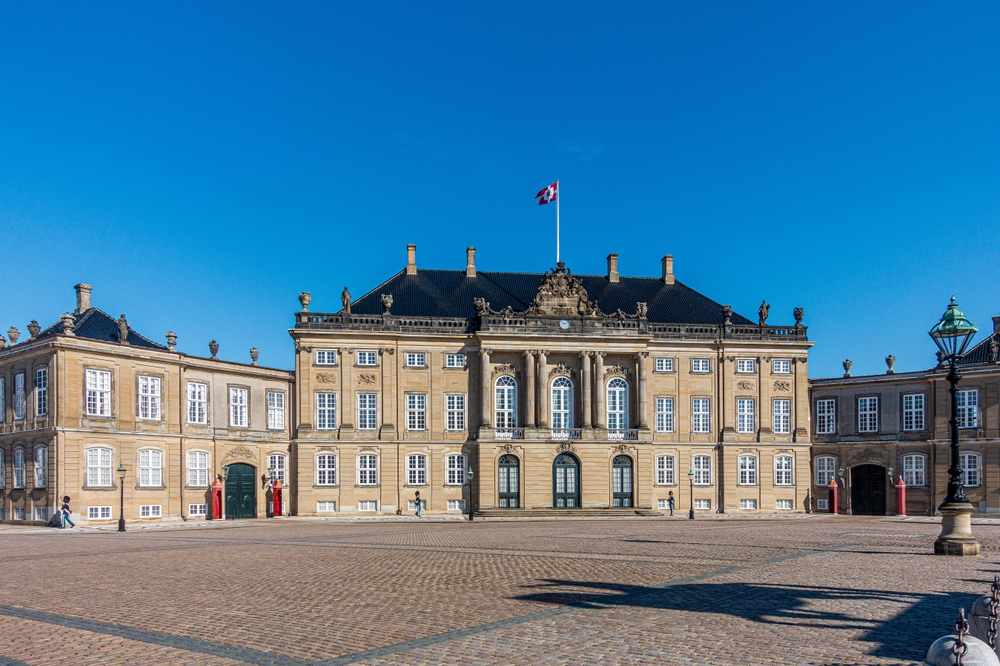
The Kingdom of Denmark, established in 935 AD, is one of the oldest in Europe. Gorm the Old is recognized as Denmark’s first monarch, and Queen Margrethe II, who has ruled since 1972, is the current ruler. Her son, Crown Prince Frederik, is the heir apparent. Denmark’s monarchy transitioned from an elective to a hereditary system in the 17th century and became a constitutional monarchy in 1849. The Danish royal family plays a significant role in national events and serves as a symbol of the country’s historical continuity. Despite their primarily ceremonial role, the Danish royals remain beloved figures, representing the cultural and historical values of the nation. Queen Margrethe II is known for her artistic talents and has contributed to the cultural life of Denmark.
Kingdom of Norway
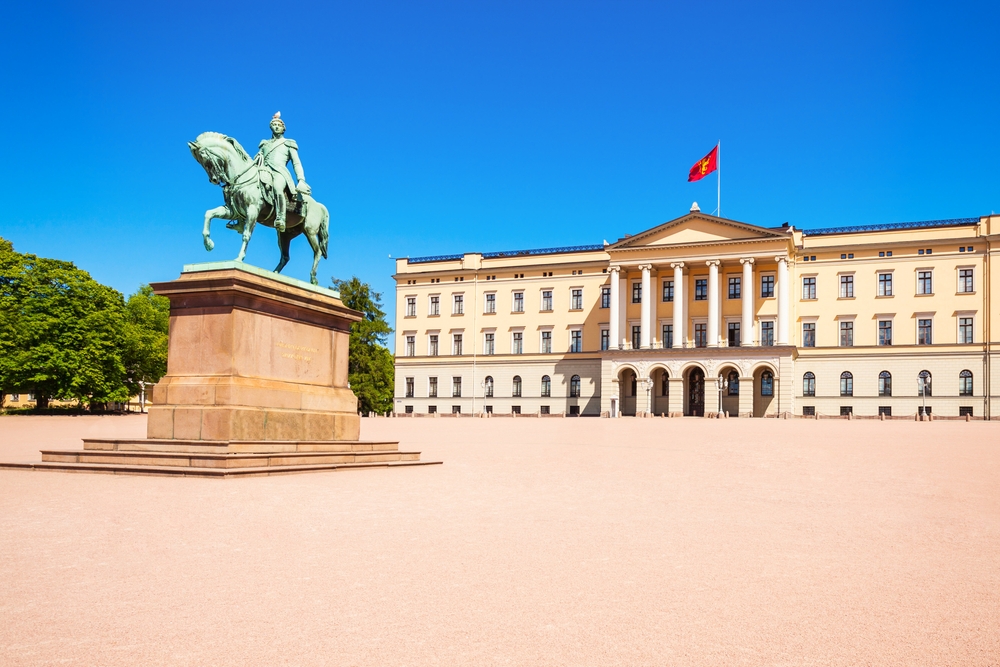
The Kingdom of Norway was founded in 885 AD by Harald Fairhair, who is credited with uniting the various petty kingdoms into a single Norwegian state. Norway gained full independence in 1905, with Haakon VII becoming the first king of the modern Norwegian monarchy. Currently, King Harald V serves as the monarch, having ascended the throne in 1991, and Crown Prince Haakon is the heir apparent. Norway is a constitutional monarchy, where the monarch’s role is largely ceremonial, though they remain a symbol of national unity. The Norwegian royal family is highly regarded, both domestically and internationally, for their involvement in social and humanitarian causes. Norway’s monarchy is closely linked to the nation’s identity, particularly after its liberation from Swedish rule. The royal family’s involvement in national events, such as King Harald’s leadership during World War II, has solidified their place in Norwegian history.
Kingdom of Morocco

Founded in 788 AD by Idris I, the Kingdom of Morocco has one of the oldest continuous monarchies in the world. The current king, Mohammed VI, has been on the throne since 1999, and his son, Crown Prince Moulay Hassan, is the heir apparent. The Alaouite dynasty, which has ruled since the 17th century, still holds significant political power, especially in religious and foreign affairs. Morocco’s monarchy is a constitutional one, but the king retains considerable influence over executive decisions. Mohammed VI has implemented political reforms, including a new constitution in 2011, that aim to balance the monarchy’s power with that of an elected parliament. Morocco’s royal family is seen as a stabilizing force in a country that blends Arab, Berber, and African traditions. The Moroccan king also holds the title of “Commander of the Faithful,” emphasizing his religious leadership in the Islamic world.
Sultanate of Oman
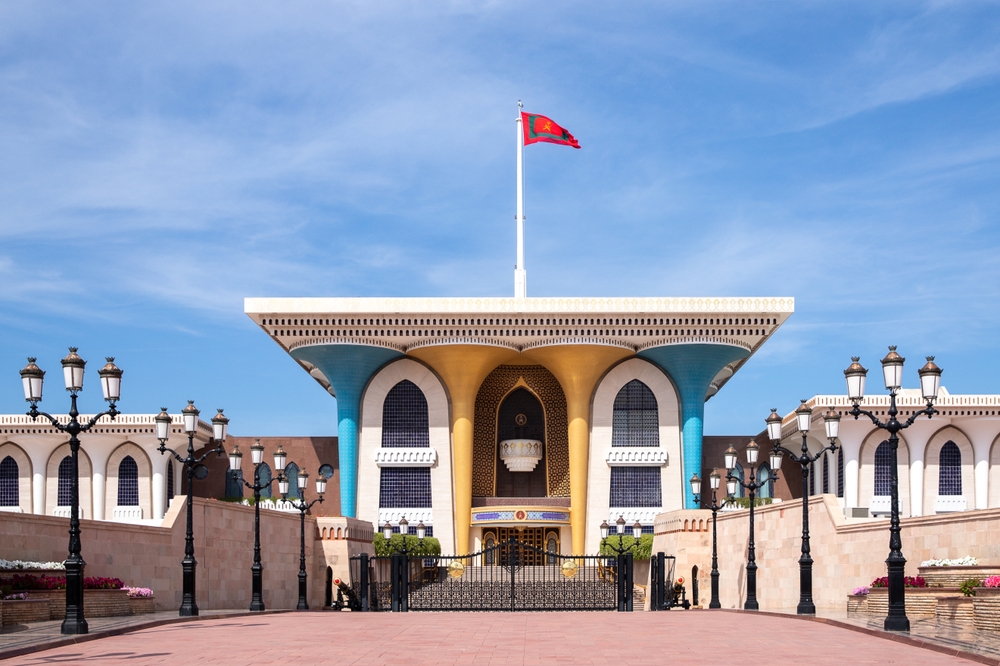
Oman’s monarchy dates back to the 8th century, but the current Sultanate was established in 1749 by Ahmad bin Said al-Busaidi, who founded the Al Said dynasty. Sultan Haitham bin Tariq took the throne in 2020 following the death of Sultan Qaboos bin Said, and his son, Dhi Yazan bin Haitham, is the heir apparent. Oman is an absolute monarchy where the sultan holds significant political and military power. Sultan Haitham has focused on modernizing Oman’s economy while maintaining its cultural and political traditions. Oman has historically been an important trading hub due to its strategic location on the Arabian Peninsula. The monarchy remains central to the nation’s identity, with the sultan acting as both a political and spiritual leader. Oman’s monarchs have long been known for their diplomatic neutrality, playing a unique role in regional peace efforts.
Kingdom of Cambodia
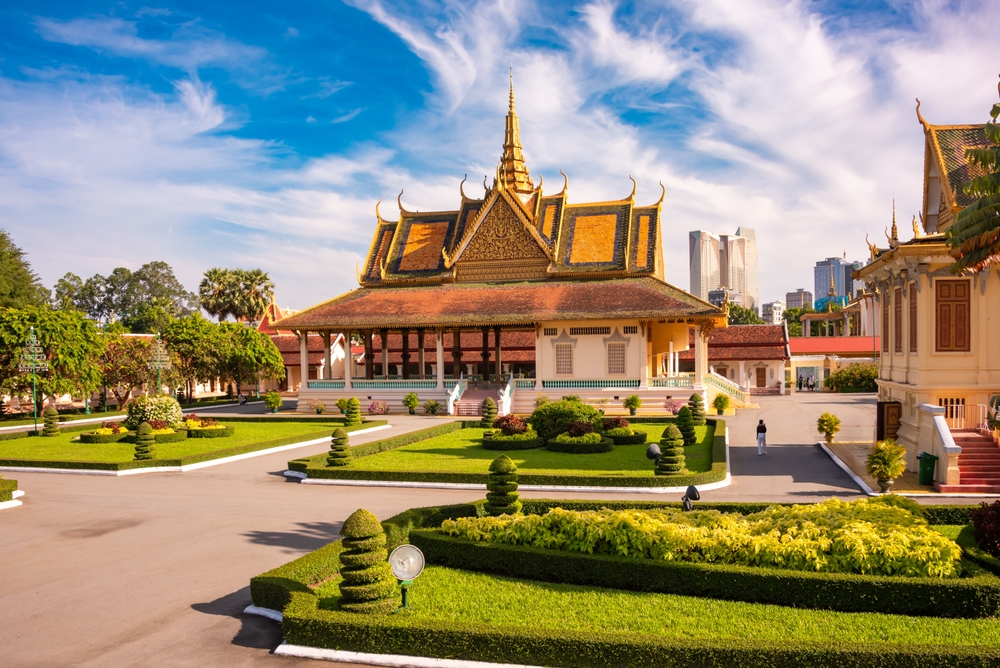
The Kingdom of Cambodia’s monarchy was established in 68 AD, making it one of the oldest in Southeast Asia. Queen Soma was Cambodia’s first ruler and its first female monarch. The current king, Norodom Sihamoni, ascended the throne in 2004, but Cambodia has an elective monarchy where the king is chosen by the Royal Council of the Throne rather than through hereditary succession. There is currently no heir apparent. The Cambodian king’s role is largely ceremonial, with the Prime Minister holding the real political power. Despite this, the monarchy remains an important symbol of national unity and continuity, especially after it was re-established following the fall of the Khmer Rouge regime in 1993. The Cambodian monarchy has seen periods of abolition and restoration, reflecting the country’s turbulent history.
Imperial House of Japan
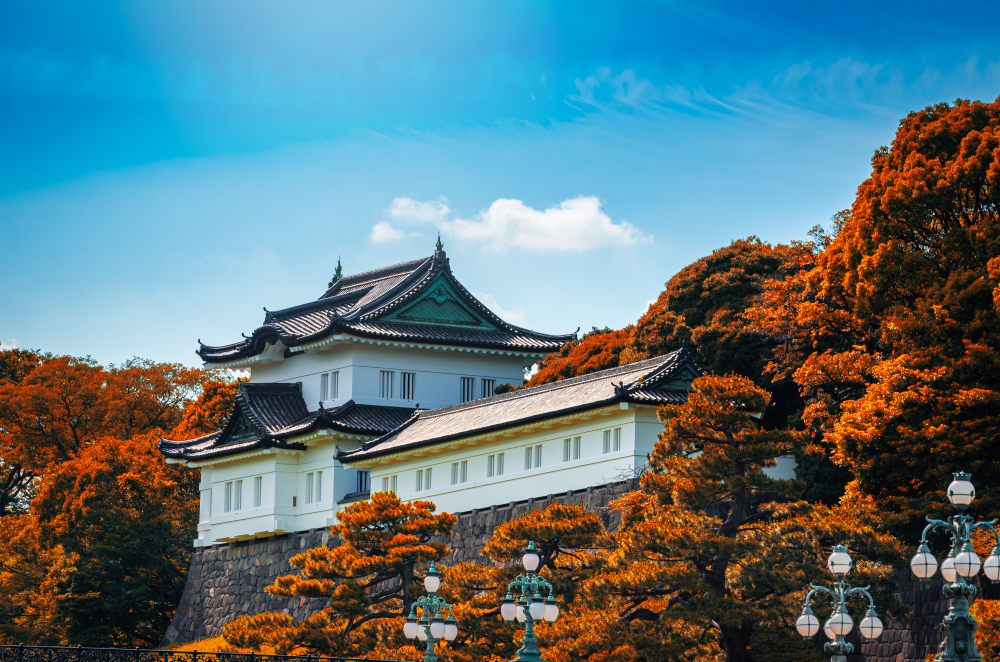
The Imperial House of Japan is the oldest hereditary monarchy in the world, with its origins traditionally dating back to 660 BCE. Emperor Jimmu, a descendant of the sun goddess Amaterasu, is said to have founded the Japanese imperial line. The current emperor, Naruhito, ascended the Chrysanthemum Throne in 2019, following the abdication of his father, Emperor Akihito. Crown Prince Akishino is next in line to the throne. Japan’s monarchy is largely ceremonial today, with no political power, but it remains a central symbol of Japanese culture and identity. The longevity of the Japanese monarchy is unparalleled, representing over two millennia of continuous rule. The Japanese imperial family is deeply rooted in Shinto traditions, further elevating its historical and cultural significance.
This article originally appeared on Rarest.org.
More from Rarest.org
14 Rare and Beautiful Corals Found in Deep Sees
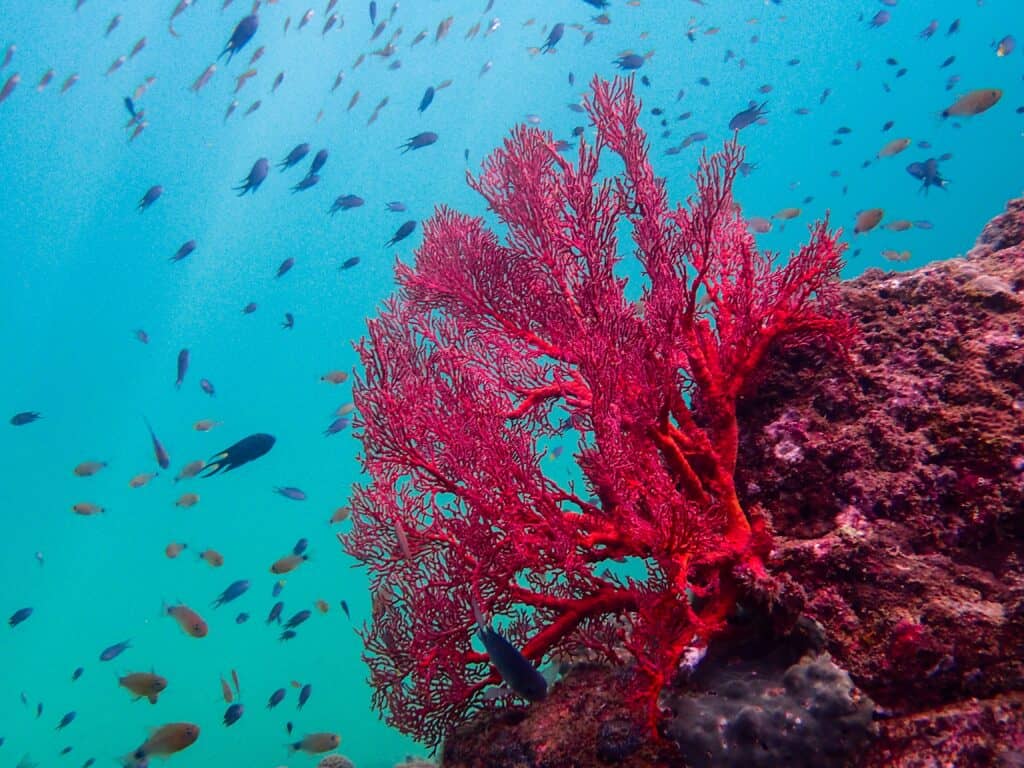
The deep seas are home to some of the world’s most intriguing and rare corals. These corals not only add vibrant colors to the ocean depths but also play crucial roles in marine ecosystems. Read More.
16 Strange and Colorful Fungus Species

The world of fungi is full of strange and colorful species that captivate the imagination with their unique forms and vibrant hues. From bright reds and blues to bioluminescent glows, these fungi are not only visually stunning but also play essential roles in their ecosystems. Read More.
14 Most Beautiful Beaches in the Mediterranean
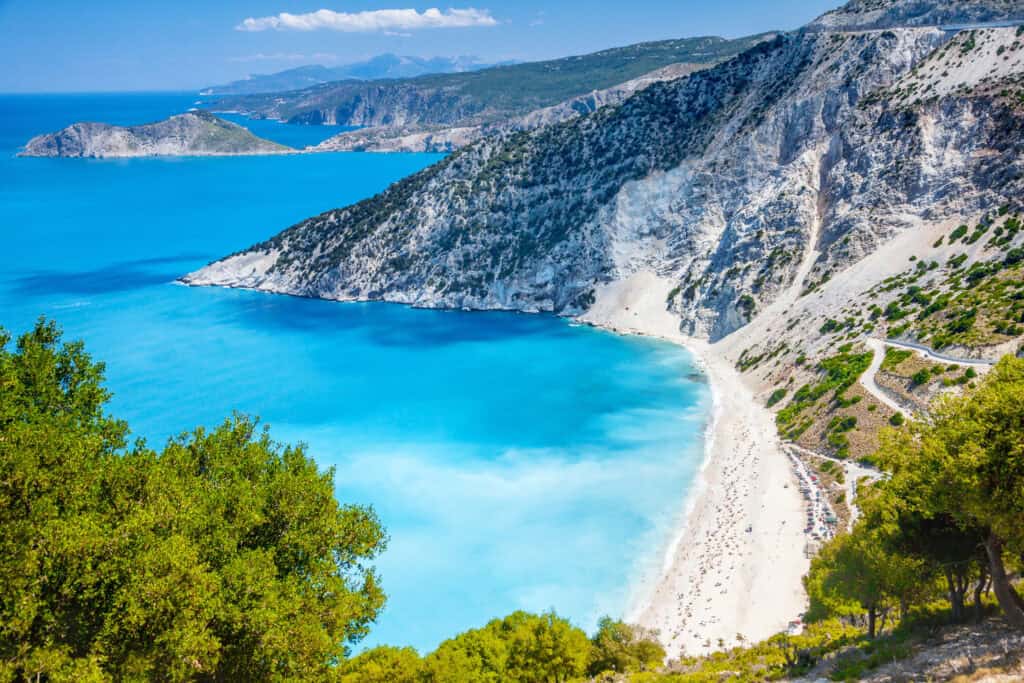
The Mediterranean is home to some of the world’s most stunning beaches, each offering unique beauty and charm. From the pristine white sands of Greece to the glamorous shores of the French Riviera, these beaches boast crystal-clear waters, dramatic landscapes, and a perfect blend of relaxation and adventure. Read More.
